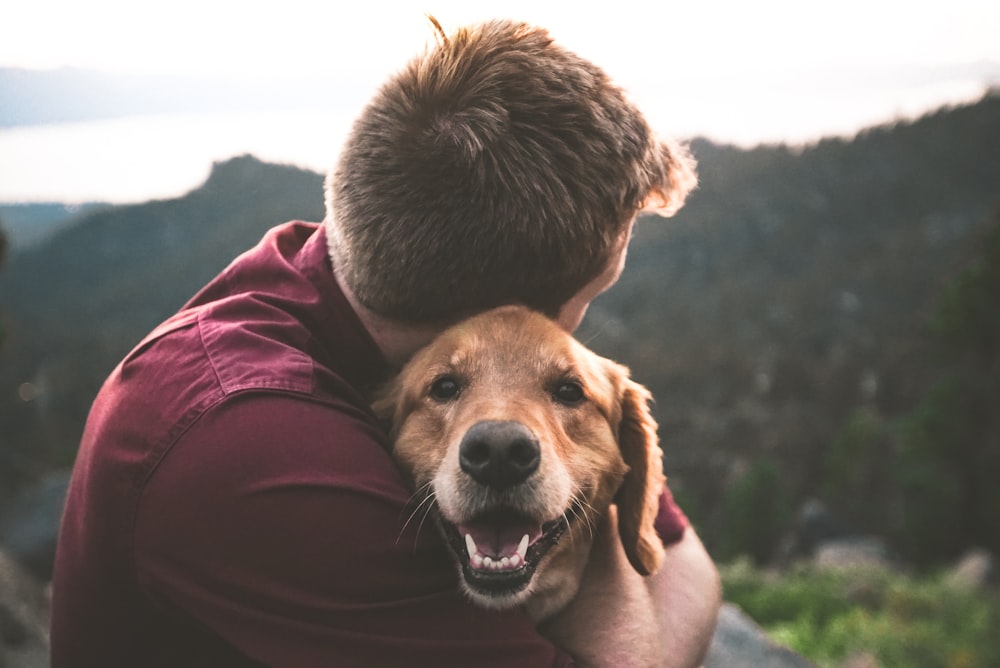
Pet First Aid: Essential Tips for Emergencies
Pets bring joy and companionship to our lives, but it’s crucial to be prepared for unforeseen emergencies. Just like humans, animals can face accidents or sudden health issues. Here are some essential tips to handle pet emergencies effectively.
1. Understanding Common Pet Emergencies
The first step in providing effective first aid to your pet is recognizing common emergencies. This includes injuries like cuts, fractures, and burns, as well as health issues such as choking, poisoning, and seizures. Being aware of potential dangers helps you respond quickly and appropriately.
2. Creating a Pet First Aid Kit
Prepare a well-stocked first aid kit for your pet. Include items such as bandages, gauze pads, adhesive tape, antiseptic wipes, tweezers, and scissors. Also, keep a copy of your pet’s medical records and contact information for your veterinarian in the kit. Having these essentials readily available can make a significant difference in emergencies.
3. Handling Injuries with Care
In the event of an injury, it’s essential to approach your pet calmly. Use a muzzle if necessary to avoid unintentional bites, and carefully assess the extent of the injury. For cuts and wounds, clean the area with antiseptic and apply a bandage. In cases of fractures, immobilize the injured limb before transporting your pet to the vet.
4. Recognizing Signs of Poisoning
Pets are naturally curious, and sometimes they may ingest harmful substances. Familiarize yourself with common pet poisons such as chocolate, certain plants, and household chemicals. If you suspect poisoning, contact your vet immediately. In some cases, inducing vomiting may be necessary, but it’s crucial to seek professional advice first.
5. CPR for Pets
Knowing how to perform CPR on your pet can be a lifesaving skill. Learn the proper techniques for your pet’s size and species. CPR for cats and dogs may differ, so understanding the nuances is essential. Enroll in a pet first aid and CPR course to ensure you’re well-prepared to respond in critical situations.
6. Planning for Evacuations
Disasters can strike at any time, necessitating quick evacuations. Have a plan in place for your pet’s safety during emergencies. Ensure your pet’s microchip information is up-to-date, and have a sturdy carrier or crate for transport. Know the location of pet-friendly shelters in your area and keep essential supplies in an easily accessible emergency bag.
7. Recognizing the Importance of Professional Care
While first aid is crucial in emergencies, it’s not a substitute for professional veterinary care. After administering initial aid, seek immediate attention from your veterinarian. Prompt and proper care is vital for your pet’s recovery and well-being.
In the midst of an emergency, having a well-prepared pet first aid kit can make all the difference. Remember to stay calm, assess the situation, and act promptly to ensure the best possible outcome for your furry friend. For more detailed information on pet first aid, consider taking a comprehensive course to enhance your knowledge and skills.
For additional resources and in-depth guidance on pet first aid, visit CatMario4.org. Stay informed and be proactive in safeguarding your pet’s health and happiness.



